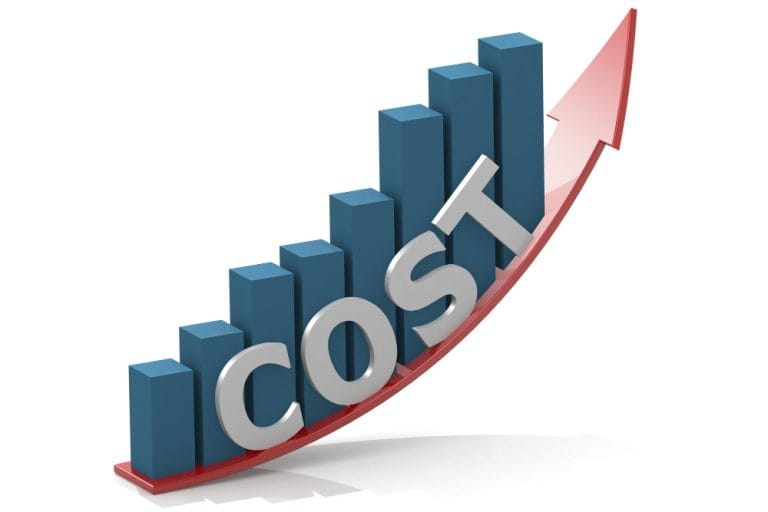Understanding the Relationship Between COVID-19 and Global Interest Rates: Why Mortgage Rates Won't Stay Low Forever
The pandemic triggered a global recession, prompting central banks around the world to lower interest rates. This is a common strategy during a recession, as lower interest rates stimulate economic growth. By making borrowing money more affordable, lower interest rates encourage spending and keep the economy moving. Conversely, if an economy is overheating, raising interest rates can cool down markets.
In Singapore, home loans are typically linked to either SIBOR or SORA, with a shift towards SORA-based loans. While SIBOR and SORA are not the same, they show similar trends and both measure interbank interest rates. Specifically, SIBOR is highly correlated with the US Federal Reserve’s benchmark federal funds rates.
During a period of low interest rates, interbank rates naturally stay low, which in turn reduces mortgage interest rates. Due to the global recession caused by the COVID-19 pandemic, interest rates remained low in 2020 and 2021. This made it easier for homebuyers to secure loans with low interest rates.
However, as global economies recover and the US raises interest rates in response to inflation, the era of low interest rates for homebuyers has come to an end. Borrowing costs have increased, and those with floating rate bank loans have likely noticed the impact.
Anticipating Rising Mortgage Interest Rates in Singapore in 2023: What to Expect
The fate of Singapore’s interest rates is closely tied to that of the US. Therefore, it’s crucial to monitor any plans by the US Federal Reserve to further increase interest rates. Let’s take a look at the rate hikes observed in 2022:
Simultaneously, marketing costs have experienced an upward trajectory. According to the insights gathered from our December survey of Chief Marketing Officers (CMOs), the average cost per click witnessed a substantial increase of 20 percentage points in 2022 compared to the previous year.
US Fed Rate Hikes in 2022:
| US Federal Open Market Committee meeting date | Rate change (bps) | Federal funds rate |
| 17 March 2022 | +25 | 0.25% to 0.50% |
| 5 May 2022 | +50 | 0.75% to 1.00% |
| 16 June 2022 | +75 | 1.50% to 1.75% |
| 27 July 2022 | +75 | 2.25% to 2.50% |
| 21 September 2022 | +75 | 3.00% to 3.25% |
| 2 November 2022 | +75 | 3.75% to 4.00% |
| 14 December 2022 | +50 | 4.25% to 4.50% |
As you can see, 2022 witnessed a series of consecutive interest rate hikes. Homeowners with floating home loans would have experienced an increase in their interest rates. Now the question is, what does 2023 have in store for us?
US Fed Rate Hikes in 2023:
US Federal Open Market Committee meeting date | Rate change (bps) | Federal funds rate |
1 February 2023 | +25 | 4.50% to 4.75% |
22 March 2023 | +25 | 4.75% to 5.00% |
3 May 2023 | +25 | 5.00% to 5.25% |
14 June 2023 | no change | 5.00% to 5.25% |
26 July 2023 | +25 | 5.25% to 5.50% |
20 September 2023 | no change | 5.25% to 5.50% |
1 November 2023 | no change | 5.25% to 5.50% |
13 December 2023 | To be announced | To be announced |
According to the PropertyGuru Singapore Property Market Outlook for 2023, interest rate hikes are expected but are likely to moderate in the second half of the year. There are already signs of interest rates stabilizing.
During the latest Federal Open Market Committee (FOMC) meeting on November 1, 2023, the US Fed decided to maintain the interest rates for the second consecutive time, pausing the rate hikes for the third time this year. However, they have indicated that another rate hike can be expected before the year ends.
In response, reference rates are starting to level out. Here’s a glimpse of the 3M Compounded SORA trend in 2023 so far.
While we are still in a period of high interest rates, there is some positive news as modest increases are expected. Homeowners with floating home loans can anticipate some relief from continuous rate hikes. What about those considering fixed-rate home loans?
Interest rates for fixed-rate home loans have been declining since the beginning of the year and are projected to decrease further. In 2022, fixed-rate home loans exceeded 4%, but they have since dropped
How to Effectively Manage Home Loan Interest Rates for Homeowners
In today’s high-interest rate environment, homeowners need to take action to ensure they can handle the increased costs. It is crucial to have enough room in your budget to accommodate higher home loan repayments. If you haven’t done so already, consider refinancing your home loan.
According to Paul Wee, Vice President of PropertyGuru Finance, there are several steps homeowners can take to manage their home loan interest rates effectively:
- Make partial or full repayments using cash and/or CPF to manage cash flow demands when rates become too high.
- Increase the use of CPF for monthly loan servicing.
- Split or refinance loans into separate fixed or variable loans to spread the risk between two portfolios.
For homeowners on a SIBOR-linked home loan package, it may be beneficial to switch to a SORA-pegged one. SORA is a backwards-looking rate, meaning rate increases will lag behind SIBOR. Additionally, SIBOR will no longer be quoted from 2024, potentially compelling banks to withdraw SIBOR packages earlier and increasing the risk for clients.
Paul also advises homeowners seeking certainty to refinance to fixed-rate loan packages. This option ensures that monthly mortgage payments remain unchanged for a certain period.
Before taking out a home loan, it is essential to consider the worst-case scenario. Make sure you can still repay your loan even if unforeseen circumstances, such as job loss, occur. It’s wise to have a buffer in place.
When budgeting, it’s recommended to assume a mortgage interest rate of 3.50%. Banks already consider this rate when assessing debt servicing ratios.
It’s important to note that the home loan package with the lowest interest rate may not always be the best choice. Promotional rates may seem attractive initially, but it’s crucial to consider the overall costs over the lifespan of the package. Rates may increase significantly after the promotional period or may come with additional fees and less attractive terms and conditions.
If you’re considering financing a property in 2023, whether it’s buying a new home, refinancing your existing loan, or adjusting your investment portfolio, a cautious approach is recommended. Thoroughly research your home loan options and make an informed decision.
Always look for loans with features that align with your individual needs. As Paul emphasizes, the “best” home loan may not necessarily be the “best” for you.
For personalized advice on bridging loans, reach out to one of Winz Credit loan specialist and find the best bridging loan for your specific situation.




